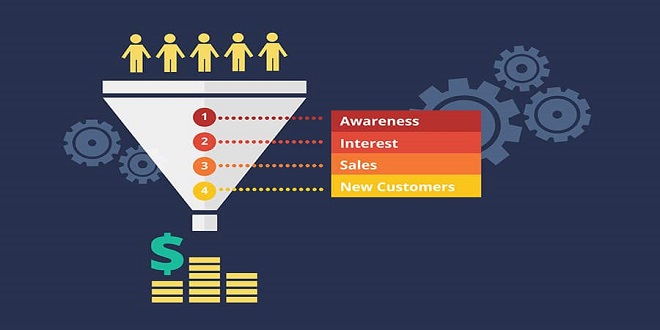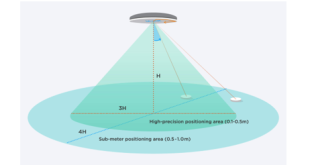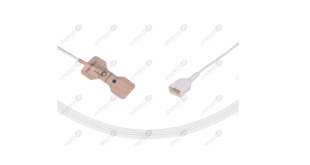Funnel charts are used to display the stages of a process, from beginning to end. They can be used to show how many potential customers or leads pass through each stage, and how many eventually convert into paying customers or leads. Funnel charts can be improved by ensuring that they are correctly formatted and that the data is properly interpreted. If you want to improve your funnel chart performance, there are a few things you can do. Keep reading for some tips on how to use a funnel chart and how to make your funnel charts more effective.
Make sure your data is accurately represented in the funnel chart.
The funnel chart is a graphical representation of the percentage of data that passes through different stages in a process. It can be used to improve performance by ensuring that your data is accurately represented in the funnel chart. To improve funnel chart performance, make sure your data is accurate, use an appropriate scale, and use an appropriate number of stages. To ensure accuracy, you should first determine the source of your data and then clean it up as needed. The next step is to select an appropriate scale. You also need to select an appropriate number of stages for your funnel chart. Too few or too many stages can distort the results.
Use an appropriate scale for the data.

The scale should be wide enough to show all of the data points, but no wider than necessary. If the scale is too wide, it will be difficult to see all of the data points at once and may make the chart difficult to interpret. The most important part of formatting a funnel chart is ensuring that the widest part of the funnel corresponds with the largest category in the data. The chart should also be correctly scaled so that all of the data is visible. It is also essential to use an appropriate color scheme so that different stages of the process are easily distinguishable from one another. In order to interpret funnel chart data correctly, you need to understand which values correspond with which stage in the process. Generally, the value at the top of the funnel corresponds to the number of potential customers or leads, while the value at the bottom corresponds to actual conversions. The values in between represent how many people passed through each stage of the process.
Set up your funnel correctly.
Successful funnels are all about having the right steps in place so that you can track your progress and see where you need to make changes. Make sure that each step in the funnel is clearly defined and that each step is measurable. Every step of the funnel should be achievable and each step leads logically to the next one! Make sure that you have a way to track conversions at each stage of the funnel.
Use colors and lines effectively.

Colors should be used to differentiate between data points, and lines should be used to connect data points and illustrate the progression of the process. Connect adjacent data points with lines. This will help illustrate how each step in the process contributes to the overall total. It can also help identify any outliers or anomalous values that may exist in the data set. Use labels sparingly. Labels can clutter up a chart and make it more difficult to read, so use them only when absolutely necessary.
There are several tips that can help improve funnel chart performance. Hopefully, the tips above will help you with creating your own funnel chart and improving the performance, shape, and various stages.
 Pagalsogns.me
Pagalsogns.me




